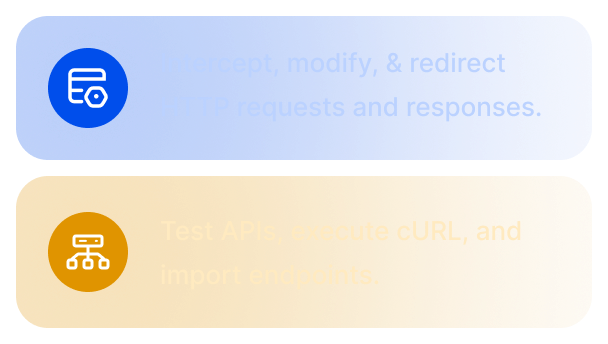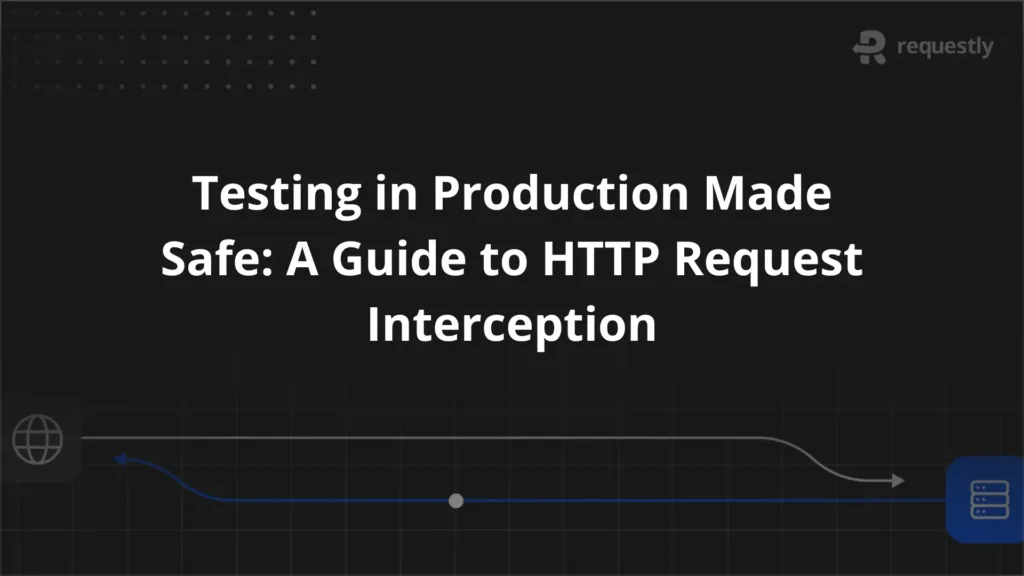API Best Practices Every Developer Should Know


APIs are the digital connectors that power modern applications, enabling services, devices, and systems to communicate in real time. Their design, performance, and security directly shape the success of products and platforms.
This guide provides a deep dive into the essential best practices for building APIs that are consistent, secure, performant, and maintainable over time.
Why API Best Practices Matter?
Strong API practices ensure stability, trust, and scalability in your systems. Without them, APIs can quickly become brittle, insecure, or unusable.
- Reduce integration friction: A predictable API allows developers to adopt and integrate faster, lowering onboarding time and frustration.
- Prevent costly downtime: Following security, testing, and lifecycle guidelines reduces the risk of production failures.
- Build long-term trust: Well-designed and well-documented APIs gain credibility with internal teams and external partners.
- Ensure compliance: Best practices help align with regulations like GDPR, HIPAA, and PCI-DSS, avoiding legal risks.
API Best Practices for Design Principles
A solid API design is the foundation of usability, scalability, and maintainability.
- Choose the right architectural style: Select REST for broad adoption, GraphQL for flexible querying, or gRPC for high-performance scenarios. Match the style to the problem domain.
- Maintain consistency: Apply standardized naming conventions, uniform endpoint structures, and predictable HTTP methods across all services to reduce learning curves.
- Implement versioning strategies: Use semantic or header-based versioning to avoid breaking changes and allow safe, gradual migrations for clients.
- Design for scalability from day one: Include pagination, filtering, sorting, and rate limiting in the initial design to handle large datasets without degrading performance.
- Define and document error contracts: Establish a unified error response format with clear error codes and messages for easier debugging and automated handling.
API Best Practices for Documentation
API documentation is the gateway for developers to understand and use your service effectively.
- Treat documentation as part of the product: Invest in clear, organized, and up-to-date docs to ensure a positive developer experience.
- Provide interactive API explorers: Use tools like Swagger UI or Redoc to allow hands-on endpoint testing without requiring code setup.
- Automate documentation updates: Integrate doc generation into CI/CD pipelines so documentation stays synchronized with code changes.
- Offer complete request and response examples: Include real-world payloads, edge cases, and error scenarios to help developers handle diverse situations.
- Segment content for different audiences: Provide quick-start guides for beginners and deep technical references for advanced users.
API Security Best Practices
APIs are prime targets for malicious activity, making security a non-negotiable priority.
- Use robust authentication and authorization: Adopt OAuth 2.0, OpenID Connect, or JWT for secure identity management, avoiding custom solutions that are hard to secure.
- Implement rate limiting and throttling: Prevent denial-of-service attacks and abuse by controlling how frequently clients can call your API.
- Validate and sanitize all inputs: Block injection attacks and data corruption by strictly validating data types, formats, and ranges.
- Encrypt all communication: Use HTTPS with TLS 1.2+ for both public and internal API calls to protect sensitive data from interception.
- Enable detailed auditing and monitoring: Keep comprehensive logs of authentication events, data access, and changes for compliance and threat detection.
API Performance Optimization Best Practices
Fast APIs improve user experience, reduce operational costs, and make integrations more reliable.
- Reduce payload size: Apply compression methods like GZIP or Brotli and remove unused fields to speed up transfers.
- Implement caching strategies: Use ETag, Last-Modified headers, or API gateway caching to avoid unnecessary processing and database queries.
- Support batching and parallel requests: Allow clients to retrieve multiple resources in one call, reducing round trips.
- Optimize database queries: Add indexes, tune queries, and use connection pooling to minimize backend delays.
- Define and track performance SLAs: Establish clear latency, throughput, and availability targets, then monitor them continuously to maintain quality.
API Testing and Quality Assurance Best Practices
Testing ensures APIs behave as expected and remain stable during changes.
- Write unit tests for core logic: Cover all business rules, data transformations, and conditional logic at the function level.
- Run integration tests with dependencies: Verify proper communication with databases, message brokers, and external services.
- Perform contract testing: Ensure your implementation matches its specification and remains backward compatible for consumers.
- Execute load and stress tests: Identify performance bottlenecks under expected and extreme traffic conditions.
- Conduct automated security scans: Detect vulnerabilities, misconfigurations, and insecure dependencies before deployment.
API Error Handling and Logging Best Practices
Clear error handling and logging simplify troubleshooting and reduce downtime.
- Use standardized error formats: Return JSON with fields like code, message, and details for consistent client handling.
- Apply correct HTTP status codes: Match responses to standard codes (e.g., 400 Bad Request, 404 Not Found, 500 Internal Server Error).
- Include correlation IDs in logs: Tag requests so you can trace transactions across microservices during debugging.
- Classify log levels and set retention policies: Organize logs by severity and store them securely for compliance and root-cause analysis.
- Set up automated alerting: Integrate with monitoring tools to notify teams when error rates spike or thresholds are breached.
API Lifecycle Management Best Practices
Managing APIs across their entire lifespan ensures stability and continuous improvement.
- Plan deprecations carefully: Give consumers clear timelines, documentation, and migration paths before retiring endpoints.
- Preserve backward compatibility: Maintain older versions alongside newer ones when possible to prevent integration breakages.
- Publish detailed release notes: Clearly explain new features, changes, and fixes in every update.
- Gather usage metrics and feedback: Use analytics and developer insights to guide improvements and feature prioritization.
API Collaboration and Governance Best Practices
Good governance prevents duplication, enforces standards, and promotes cross-team collaboration.
- Create and enforce API style guides: Define rules for naming, structure, and error responses to ensure uniformity.
- Establish a review process: Require peer reviews or governance board approval for all new API designs and changes.
- Maintain a centralized API catalog: Help teams discover, reuse, and avoid building redundant services.
- Use governance frameworks for scaling: Implement lightweight but consistent oversight for APIs in large organizations.
Why Choose Requestly for API Testing?
Requestly offers an integrated approach to building, mocking, and testing APIs, aligning directly with these best practices.
- Generate mocks from specifications: Automatically create virtual APIs from OpenAPI or Swagger contracts, keeping code and documentation aligned.
- Simulate real-world conditions: Inject latency, failures, and varied responses without altering backend services.
- Enable team-wide collaboration: Share mock setups, test cases, and results instantly for faster feedback in distributed teams.
- Integrate with CI/CD pipelines: Automate contract validation, regression tests, and performance checks as part of deployments.
- Debug directly in client environments: Test and intercept API calls in browsers or local apps for quicker issue resolution.
Requestly’s API Client is a versatile tool for sending, testing, and debugging API requests without switching between multiple apps. It supports REST, GraphQL, and gRPC, lets you organize requests into collections, and integrates seamlessly with mocking, scripting, and automation features for faster API development and troubleshooting.
Conclusion
API best practices are essential for building reliable, secure, and scalable services. By investing in thoughtful design, rigorous testing, strong security, and clear governance, you can create APIs that developers trust and enjoy using.
With tools like Requestly, you can streamline testing, mocking, and debugging, accelerating development while maintaining the highest quality standards.

Contents
- Why API Best Practices Matter?
- API Best Practices for Design Principles
- API Best Practices for Documentation
- API Security Best Practices
- API Performance Optimization Best Practices
- API Testing and Quality Assurance Best Practices
- API Error Handling and Logging Best Practices
- API Lifecycle Management Best Practices
- API Collaboration and Governance Best Practices
- Why Choose Requestly for API Testing?
- Conclusion
Subscribe for latest updates
Share this article
Related posts





















